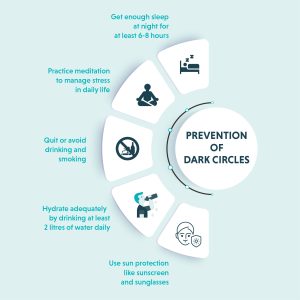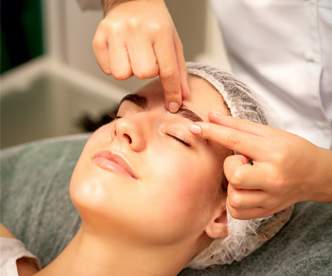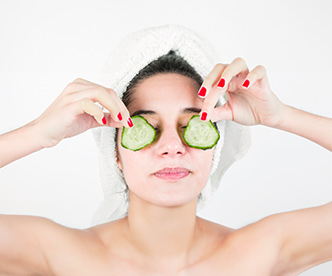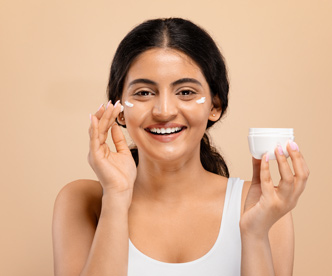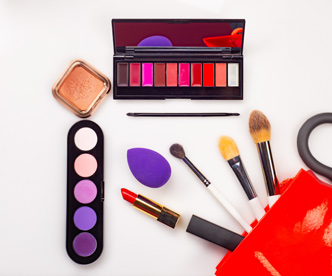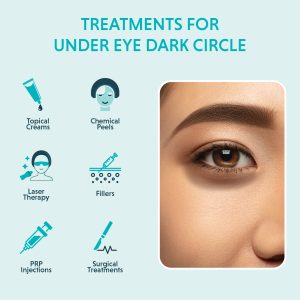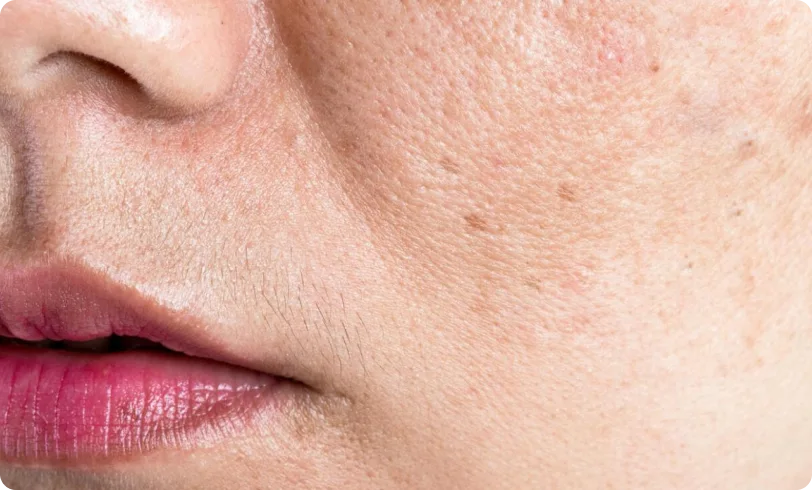

Dark Circles Under The Eyes: Causes, Treatments & Prevention
According to a study published in the NCBI, dark circles or Periorbital Hyperpigmentation (POH) affects women more than men. Dark circles are prominent in 47.50% of individuals between the ages of 16 and 25. One of the most common causes of dark circles is genetics. Untreated dark circles can be permanent. However, a thorough medical diagnosis followed by therapy can reduce dark circles visibly.

